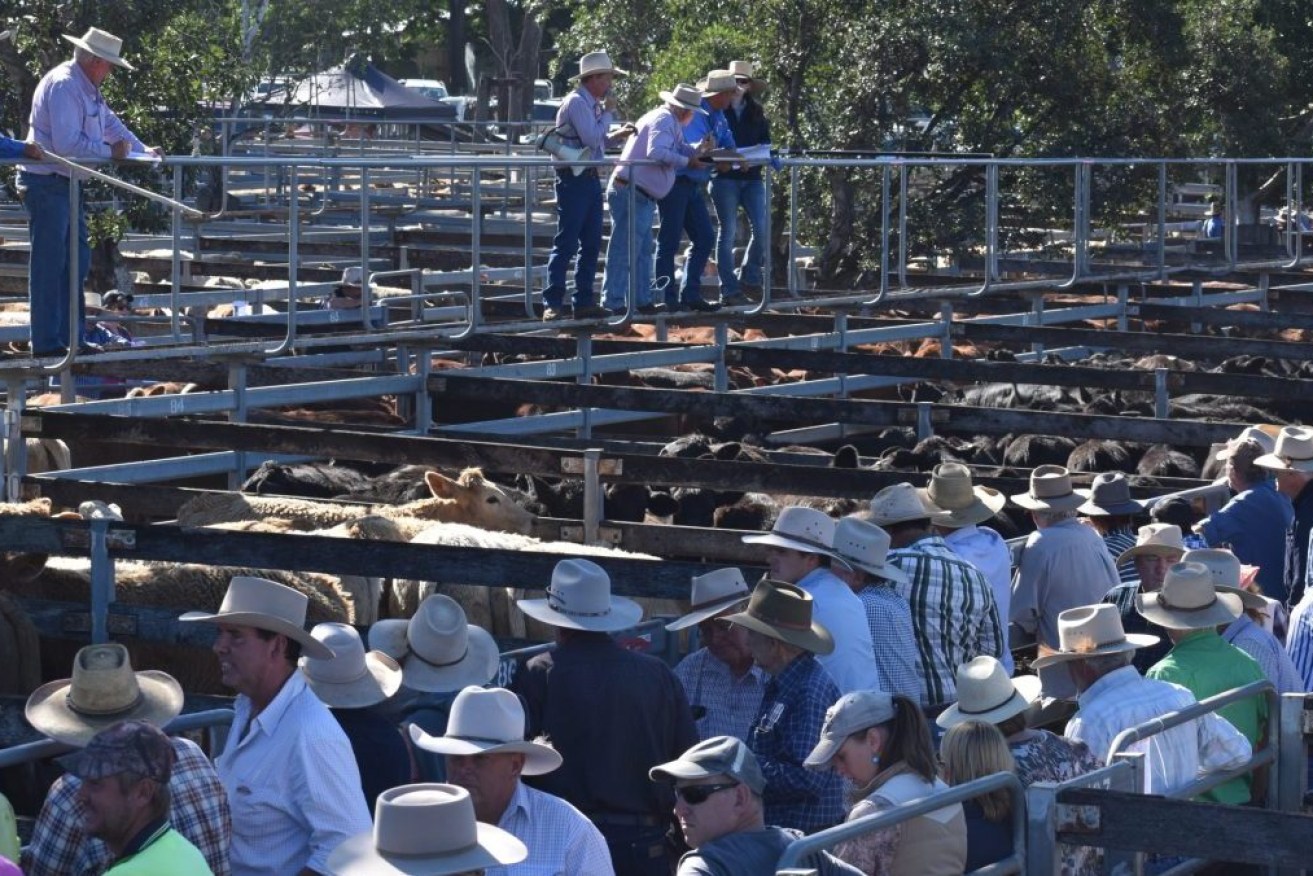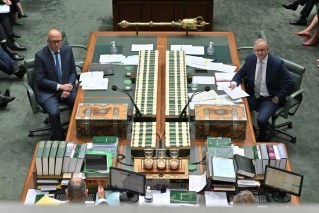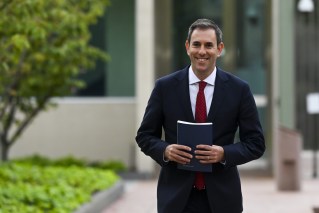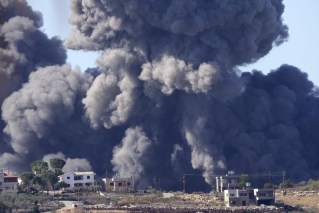Dry argument: Five districts upgraded, but drought persists for two-thirds of Qld
Three regions in south-east Queensland are among five districts no longer classified as drought declared, still leaving 65 per cent of the state in the grip of a severe and stubborn dry spell.


Cattle sales at Toogoolawah in the state's south-east. (Photo: Brad Cooper).
Agriculture Minister Mark Furner announced that Queensland’s drought-declared area has dropped 2.4 per cent, the first fall in two years, with Logan, Redlands, Gold Coast and Goondiwindi in the state’s south-west considered drought-free.
The drought-declared part of the Charters Towers Regional Council (south of the Flinders Highway and west of the Gregory Developmental Road) has also had its drought status revoked.
While acknowledging Queensland’s better wet season during summer overall, Furner said the falls weren’t enough to ease the severity of drought still ravaging the bulk of the state’s landmass.
“Outside the south east, pasture quality and quantity, crop production, water reserves, animal welfare and breeder conception rates have all been negatively impacted by the lack of significant rainfall and high temperatures in spring and early summer, and there are still ongoing rainfall deficits,” he said.
The change in drought status comes as specialist agribusiness bank, Rabobank, releases its quarterly report showing east coast cattle slaughter for April 2021 down 30 per cent on the same period last year and 31 per cent on the five-year average.
Beef exports also remained low, reflecting the lower production levels, the report said.
April 2021 exports – of 72,502 tonnes shipped weight – were down 22 per cent on the previous year and 11 per cent on the five-year average.
Industry analysts suspect long years of punishing drought, which saw massive volumes of cattle, including breeders, sent to abattoirs has now been followed by beef producers purchasing and retaining cattle to take advantage of last summer’s promising but still modest rainfall.
The Rabobank report notes that Australia’s beef cattle herd is at its lowest in 30 years, creating a sellers’ market in which competition for cattle has been fierce with high prices to match.
Australian young cattle prices jumped almost 30 per cent year on year in February 2020 and have since risen another 20 per cent to February 2021, the report noted.
However, according to report co-author Angus Gidley-Baird, there were signals that prices might be coming off the boil.
“We believe that current cattle prices in Australia will ease as cattle numbers increase and producer demand dissipates,” he said.
“However, as the supply chain overcomes the disruption here and consumers adjust their price expectations, we believe the market will adjust and a new baseline will be established.”
Landholders experiencing difficult conditions in any council area that is not drought-declared can apply for an Individually Droughted Property (IDP) declaration, Furner said.
“This gives them the same access to our drought assistance as an area declaration,” he said.
“Producers in any drought-declared area who believe their property conditions are improved enough to allow restocking can have their property individually revoked.
“If their drought declaration is revoked, producers can access returning from agistment and restocking freight subsidies through the Drought Relief Assistance Scheme (DRAS) for up to two years after the end of the drought declaration.
“To be eligible for these subsidies producers must ensure their property’s drought declaration is first revoked before introducing any livestock.”








